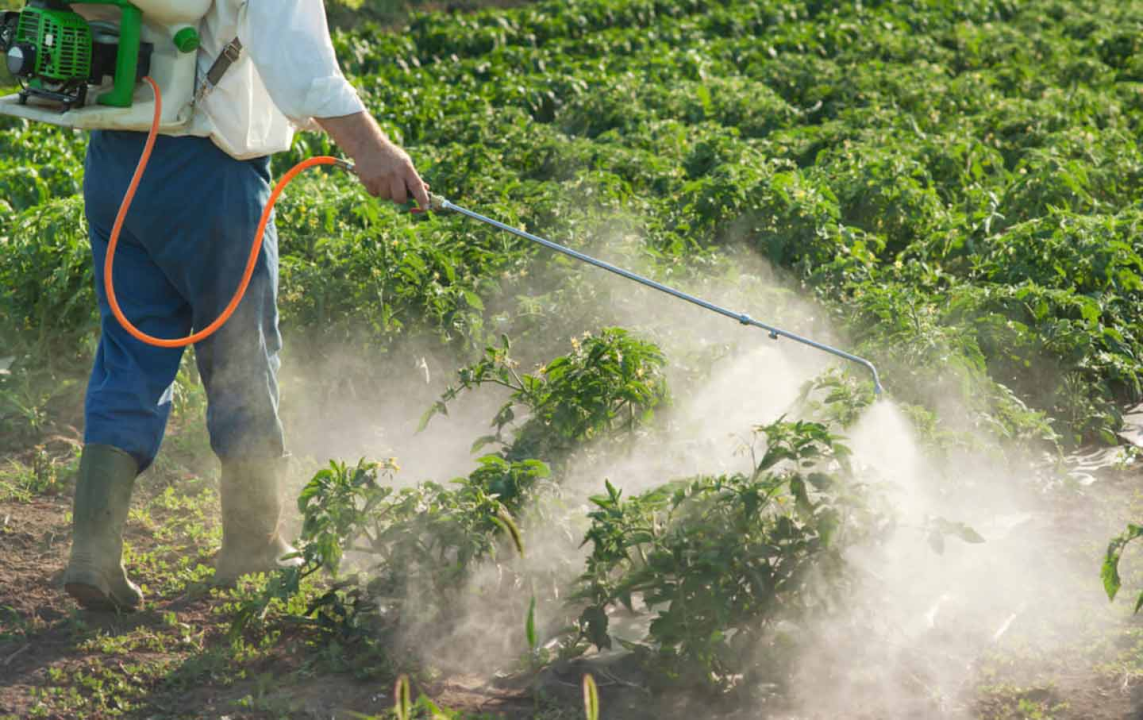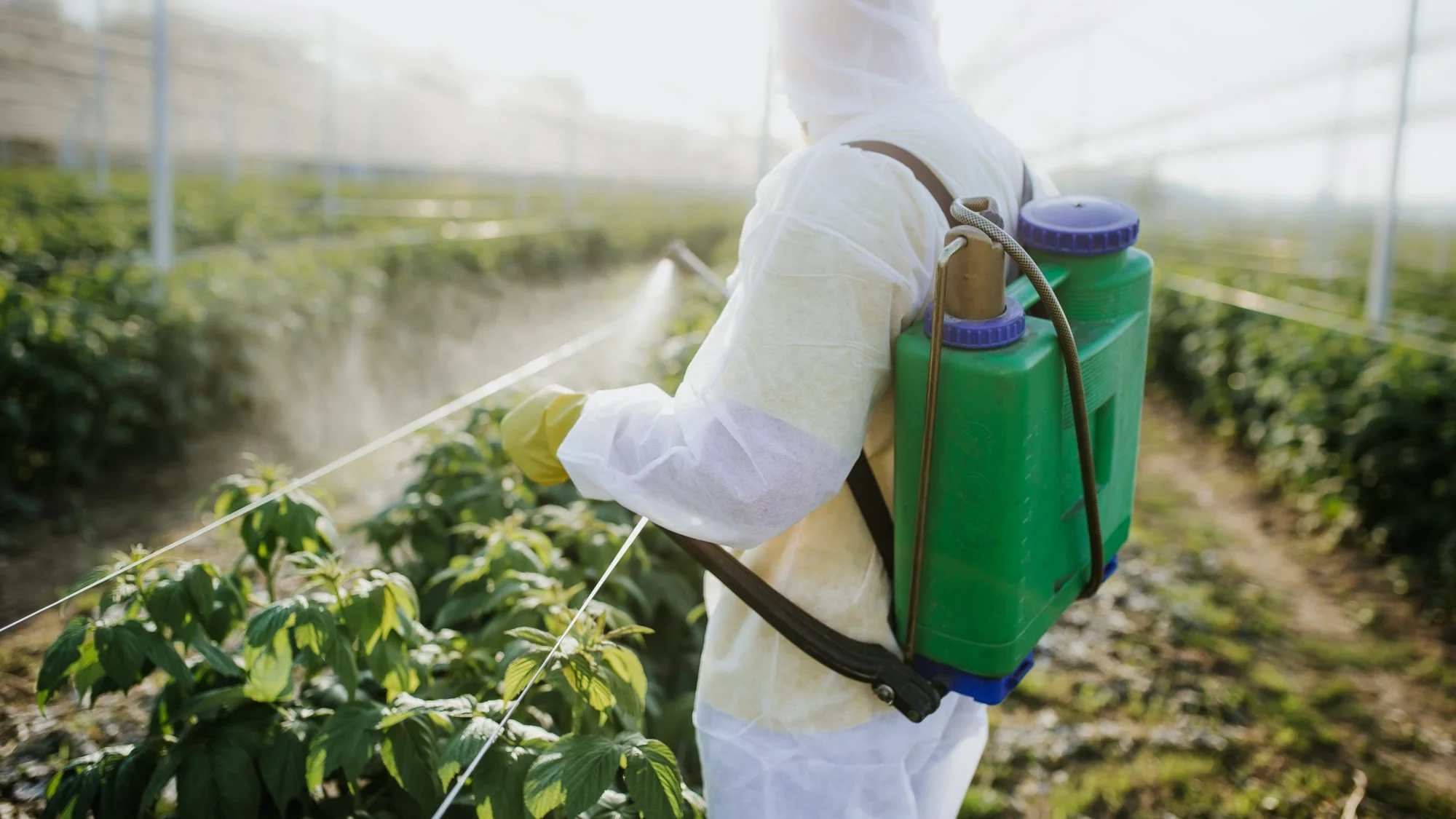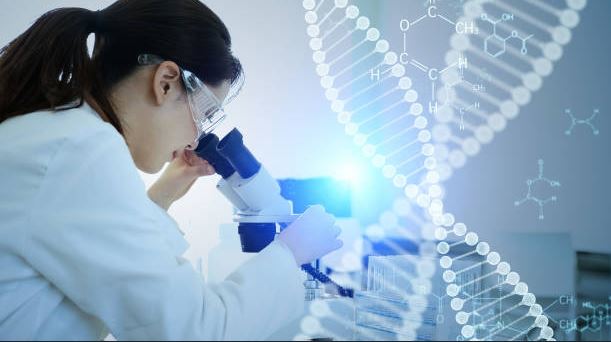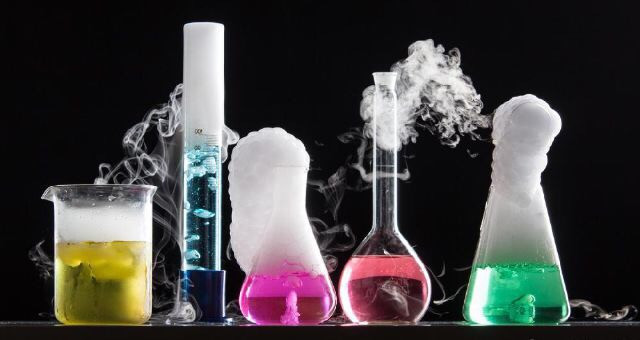Using chemicals in pest control is a common method for managing unwanted pests in various environments, from homes to agricultural fields. Effective pest control requires understanding how to use these chemicals properly to ensure safety and effectiveness. Here are some key ways to use chemicals in pest control.
1. Identify the Pest Problem
Before using chemicals, correctly identify the type of pest you’re dealing with. Different pests require different chemical treatments. Whether it’s insects, rodents, or weeds, knowing your pest helps in choosing the right chemical solution.

Using Chemicals in Pest Control
2. Choose the Right Chemical
Select the appropriate chemical for your specific pest issue.
- Insecticides: Target insects and are available in various forms such as sprays, powders, and baits.
- Rodenticides: Designed to control rodents and come in forms like bait stations and pellets.
- Herbicides: Used to control unwanted plants or weeds.
3. Follow Label Instructions
Always follow the label instructions on the chemical product. The label provides crucial information on how to use the product safely and effectively. This includes the correct dosage, application methods, and safety precautions.
4. Apply Chemicals at the Right Time
Timing is essential when using chemicals in pest control. Apply chemicals during the time when pests are most active or when they are most vulnerable. For instance, insecticides may be more effective if applied early in the morning or late in the evening when insects are most active.
5. Use Proper Application Techniques
Apply chemicals using the recommended techniques to ensure they reach the intended areas. This might involve spraying, dusting, or using bait stations. Proper application helps in maximizing the effectiveness of the chemical while minimizing risks to people and pets.
6. Wear Protective Gear
When handling and applying chemicals, always wear appropriate protective gear. This includes gloves, masks, and goggles to protect yourself from exposure. Following safety guidelines reduces the risk of health issues related to chemical use.
7. Store Chemicals Safely
Store chemicals in a secure, cool, and dry place away from children and pets. Proper storage prevents accidental exposure and maintains the effectiveness of the chemicals.
8. Dispose of Chemicals Properly
Dispose of unused or expired chemicals according to local regulations. Many areas have specific guidelines for the disposal of hazardous materials. Improper disposal can harm the environment and pose safety risks.
9. Monitor and Evaluate Effectiveness
After applying chemicals, monitor the area to evaluate the effectiveness of the treatment. Look for signs of pest reduction or any adverse effects. If necessary, adjust your pest control strategy based on the results.
10. Combine Methods for Better Results
Sometimes, using chemicals alone might not be enough. Combine chemical treatments with other pest control methods, such as physical traps or natural predators, for a more comprehensive approach. Integrated Pest Management (IPM) strategies often yield better results.
11. Be Aware of Resistance
Over time, pests can develop resistance to certain chemicals. To prevent resistance, rotate different types of chemicals and follow recommendations for usage. This helps in maintaining the effectiveness of your pest control efforts.
12. Educate Yourself on Chemical Safety
Stay informed about the chemicals you use and their potential health effects. Understanding the safety protocols and handling procedures helps in reducing risks associated with chemical pest control.
13. Consider Environmental Impact
Be mindful of the environmental impact of chemicals. Choose products that are less harmful to non-target organisms and the ecosystem. Eco-friendly options are available and can reduce the overall environmental footprint.
14. Seek Professional Help if Needed
For severe pest infestations or complex pest issues, consider hiring a professional pest control service. Professionals have access to advanced tools and chemicals and can provide expert advice on managing pest problems effectively.
15. Review and Update Pest Control Practices
Regularly review and update your pest control practices to ensure they remain effective and safe. Stay up-to-date with new products and methods, and adjust your strategies based on current pest trends and regulations.
Conclusion
Using chemicals in pest control requires careful planning and execution to ensure safety and effectiveness. By identifying pests, choosing the right chemicals, following instructions, and combining methods, you can effectively manage pest problems while minimizing risks. Regular monitoring and adherence to safety protocols further enhance the success of your pest control efforts.




